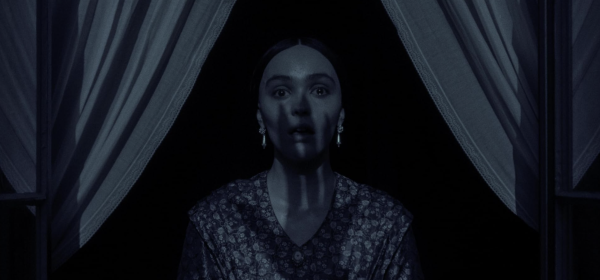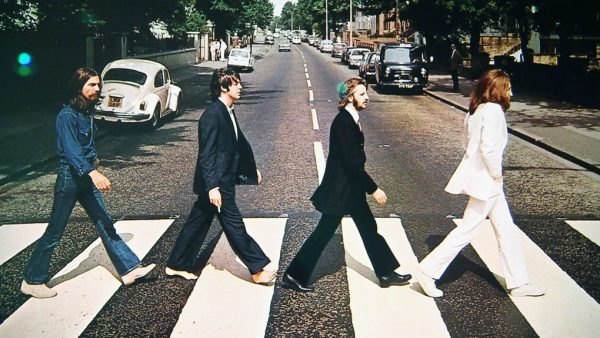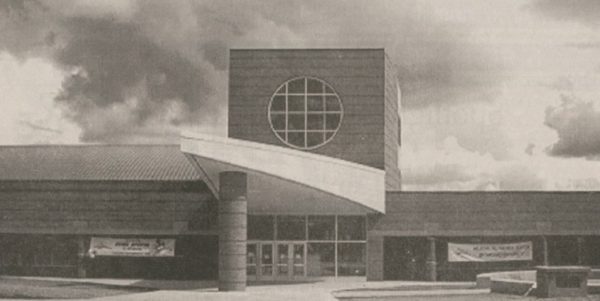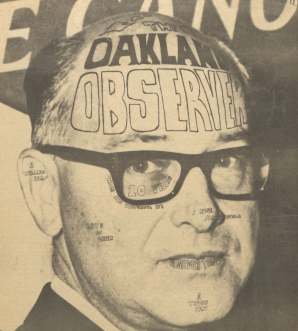‘Chicago 10’ offers alternative views
By KYLE PHANEUF
Contributing Reporter
Look past the eccentric visuals and unconventional editing and “Chicago 10” is, at its core, a documentary — but only in the most lax sense of the word.
The new film from director Brett Morgen details the infamous riots surrounding the 1968 Democratic National Convention in Chicago and the ensuing prosecution of the eight men accused of inciting them. However, it doesn’t do so in any sort of linear or logical narration.
Instead, the chronology of the events is taken apart and re-assembled in a kaleidoscope of music, speech and spectacle that’s erratic, disorienting and unequivocally brilliant at portraying the chaotic and violent reality of the situation.
For the unversed, the riots were the culmination of mostly-peacefuly ending protests by two anti-war movements, the Yippies and the Mobe, who came to Chicago during the convention in opposition of the U.S. occupation of Vietnam.
What was planned as a non-violent, non-aggressive “Festival of Life” in Lincoln Park quickly escalated with the arrival of armed officers, barbed wire-laden Jeeps and Chicago mayor Richard Daley’s notorious “shoot to kill” order.
“Chicago 10” relates the events surrounding the violence. But in lieu of a sequential retelling padded with talking heads and a foreboding narrator, the film goes for urgency over accuracy, recounting both the riots themselves and the Chicago Seven trial, which occurred nearly a year later, simultaneously.
A lot of attention for the film has been given to the animated re-enactment of the trial, in which actors such as Hank Azaria and Mark Ruffalo voice motion-capture CGI caricatures of the defendants in dialogue based on the trial’s actual transcripts.
The more traditional cell-shaded animation works better, but the vaguely out-of-date-video-game look appropriately visualizes the surrealism of a court room that quickly spirals out of control.
The real highlight, though, is the astounding accumulation of archival footage used to present the riots themselves. Collected after three years of vault digging, this footage offers the most raw and unfettered look at the violence yet, and it isn’t easy to watch.
“Chicago 10” wears its bias on its sleeve, and it’s hard to sympathize with the police when every brawl seems to begin and end with a group of police clubbing a passive demonstrator, leaving a fleeing throng of blood soaked bodies in their wake. By the end of the convention, even the most conservative authoritarian would have difficulty arguing with the beaten and bloodied masses and their frequent accusations of fascism.
It’s no coincidence “Chicago 10” is being released now, 40 years after the Convention took place. Plenty has been said of the similarity between the war in Vietnam and the current quagmire in Iraq, and now with a tumultuous contest for the Democratic nomination, the similarities between 1968 and 2008 are only building.
The filmmakers restrain from offering much in the form of review or retrospect, and instead make the events of ’68 feel urgent and current, building the intensity with impassioned speeches and modern music.
The music, in fact, is the film’s only misstep — a movie about the ’68 Democratic National Convention and the only MC5 song is a cover performed by Rage Against the Machine?
But it can be forgiven for attempting to drive home the point that the people have the ability to positively influence their government, as well as draw attention to its failures.







